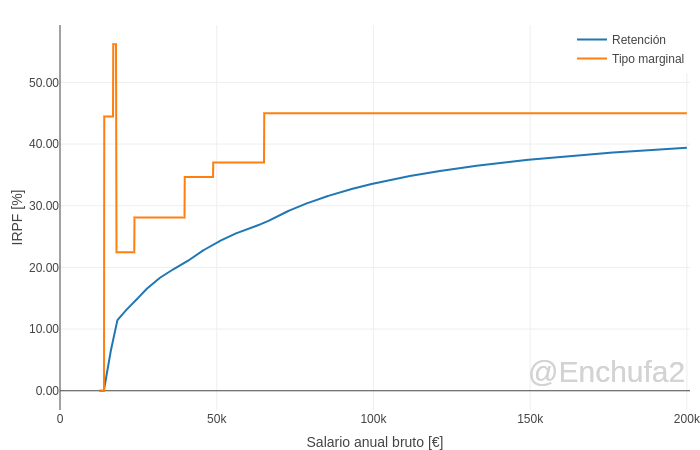BLAS and LAPACK comprise all the low-level linear algebra subroutines that handle your matrix operations in R and other software. Fedora ships the reference implementation from Netlib, which is accurate and stable, but slow, as well as several optimized backends, such as ATLAS, BLIS (serial, OpenMP and threaded versions) and OpenBLAS (serial, OpenMP and threaded flavours as well). However, up to version 32, Fedora lacked a proper mechanism to switch between them.
We are excited to announce that this situation changes with the upcoming release, which is already in beta status. Starting with Fedora 33, R (as well as Numpy, Octave and all the other BLAS/LAPACK consumers) is linked against the outstanding FlexiBLAS library, a BLAS/LAPACK wrapper that enables runtime switching of the optimized backend, and the OpenMP version of OpenBLAS is set as the default system-wide backend.
Moreover, the accompanying flexiblas R package enables changing the BLAS/LAPACK provider, as well as setting the number of threads for parallel backends, without leaving the R session. Let’s give this a quick test using docker:
$ docker run --rm -it fedora:33
$ dnf install R-flexiblas # install R and the FlexiBLAS API interface for R
$ dnf install flexiblas-* # install all available optimized backendsThen, in an R session we see:
library(flexiblas)
# check whether FlexiBLAS is available
flexiblas_avail()
#> [1] TRUE
# get the current backend
flexiblas_current_backend()
#> [1] "OPENBLAS-OPENMP"
# list all available backends
flexiblas_list()
#> [1] "NETLIB" "__FALLBACK__" "BLIS-THREADS" "OPENBLAS-OPENMP"
#> [5] "BLIS-SERIAL" "ATLAS" "OPENBLAS-SERIAL" "OPENBLAS-THREADS"
#> [9] "BLIS-OPENMP"
# get/set the number of threads
flexiblas_set_num_threads(12)
flexiblas_get_num_threads()
#> [1] 12This is an example of GEMM benchmark for all the backends available:
library(flexiblas)
n <- 2000
runs <- 10
ignore <- "__FALLBACK__"
A <- matrix(runif(n*n), nrow=n)
B <- matrix(runif(n*n), nrow=n)
# load backends
backends <- setdiff(flexiblas_list(), ignore)
idx <- flexiblas_load_backend(backends)
# benchmark
timings <- sapply(idx, function(i) {
flexiblas_switch(i)
# warm-up
C <- A[1:100, 1:100] %*% B[1:100, 1:100]
unname(system.time({
for (j in seq_len(runs))
C <- A %*% B
})[3])
})
results <- data.frame(
backend = backends,
`timing [s]` = timings,
`performance [GFlops]` = (2 * (n / 1000)^3) / timings,
check.names = FALSE)
results[order(results$performance),]
#> backend timing [s] performance [GFlops]
#> 1 NETLIB 56.776 0.2818092
#> 5 ATLAS 5.988 2.6720107
#> 2 BLIS-THREADS 3.442 4.6484602
#> 8 BLIS-OPENMP 3.408 4.6948357
#> 4 BLIS-SERIAL 3.395 4.7128130
#> 6 OPENBLAS-SERIAL 3.206 4.9906425
#> 7 OPENBLAS-THREADS 0.773 20.6985770
#> 3 OPENBLAS-OPENMP 0.761 21.0249671For questions, suggestions or issues related to this R interface, please use its issue tracker or the R-SIG-Fedora mailing list. For more general issues, please use Red Hat Bugzilla or the upstream issue tracker. There are a couple of posters by the authors of FlexiBLAS (1, 2) with a similar demo for Octave.

